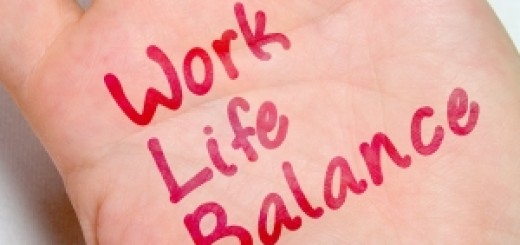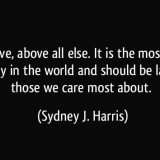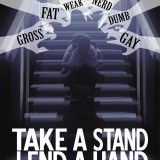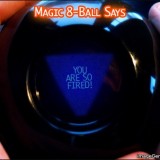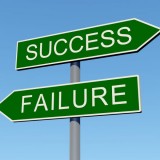The social life of paper
Most of the creative people I know – writers, artists, designers, musicians — are what could be called “pilers” instead of “filers.”
I am a piler.
My desk has at least 4 distinct piles on it, each with their own identity. I also have a few files placed strategically at my feet, and a table in the corner is covered with stacks of working folders. These piles and files grow, shift, move and get opened and closed, but rarely do they get put away while they are still active.
Organizational gurus tell us that we should handle a piece of paper not more than once, but I know that once I toss a note or a file, I will surely need it at some point in the future. Yes, I’ve taken courses in organization and productivity and have learned all about creating A, B and C stacks, but I always come back to my own cluttery way of working. I’ve marveled at associates who have nary a paper clip on their shiny desktops, and wondered why I don’t just file things away neatly at the end of the work day.
Then, today, a colleague directed me to a fascinating article from the New Yorker called “The Social Life of Paper” in which the writer eloquently and brilliantly explains why so many of us pile instead of file. It turns out that the old adage my grandma used to tell me — “A messy desk is the sign of a creative mind” — is true!
Here is an excerpt:
“Paper enables a certain kind of thinking. Picture, for instance, the top of your desk. Chances are that you have a keyboard and a computer screen off to one side, and a clear space roughly eighteen inches square in front of your chair. What covers the rest of the desktop is probably piles — piles of papers, journals, magazines, binders, postcards, videotapes, and all the other artifacts of the knowledge economy. The piles look like a mess, but they aren’t.… Piles are living, breathing archives. …But why do we pile documents instead of filing them? Because piles represent the process of active, ongoing thinking. …”Knowledge workers” use the physical space of the desktop to hold “ideas which they cannot yet categorize or even decide how they might use.” The messy desk is not necessarily a sign of disorganization. It may be a sign of complexity: those who deal with many unresolved ideas simultaneously cannot sort and file the papers on their desks, because they haven’t yet sorted and filed the ideas in their head. …What we see when we look at the piles on our desks is, in a sense, the contents of our brains.”
Now, rather than seeing my piles as a sign of disorganization, I embrace them as evidence of my creative mind. The boxes that contain writing and papers from 30 years ago no longer seem like excessive pack-ratiness. Instead, they are the makings of a future novel.
I just need to figure out how to apply this same logic to my garage and storage closets. Then, I will have it made.



